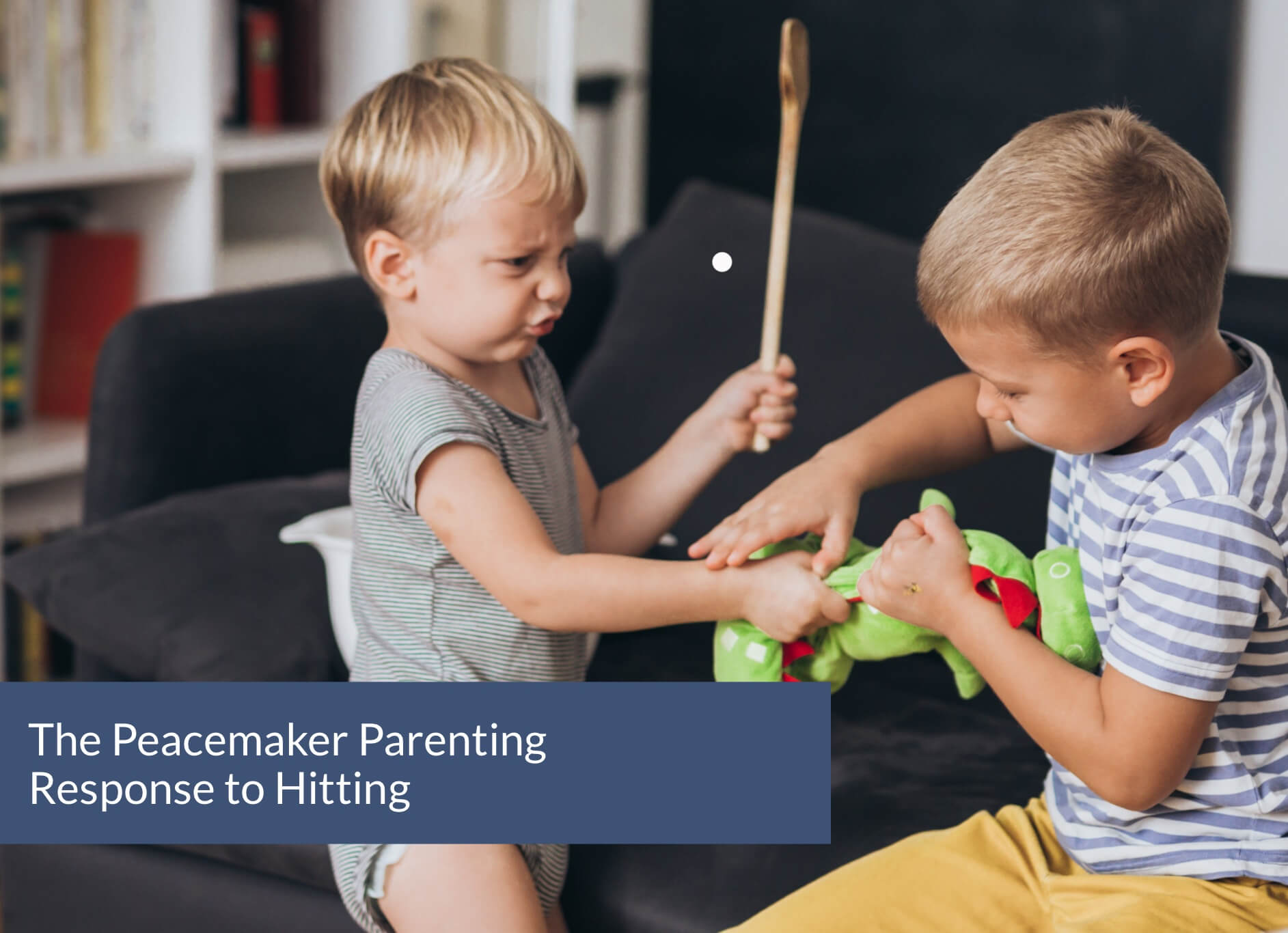
One of the most frequently asked questions we get, when it comes to behavior challenges, is "What do I do when my child tries to hit me or their sibling?" The good news is: hitting is a very typical behavior for toddlers and early preschoolers. The bad news is: hitting is a very typical behavior for toddlers and early preschoolers.
If you're in the throes of hitting (do you see what we did there?), we know it is one of the most challenging moments to face. Whether it’s a sibling, a friend, or even us, hitting feels like a big deal, and it’s easy to feel overwhelmed. But instead of reacting with frustration or anger, Peacemaker Parenting encourages us to approach these moments with calmness, empathy, and clear boundaries. In the heat of the moment, our kids need us to be the steady ones—teaching them not just how to stop hitting, but to understand and handle their emotions in a healthier way.
Here’s a step-by-step approach to responding to hitting that focuses on empathy, emotional growth, and firm but loving boundaries.
Step 1: Step in Swiftly and Respond Calmly
When a child hits, the first priority is ensuring everyone’s safety. This means stepping in quickly to prevent any further harm. Setting a physical boundary that prevents the hitting child from hitting again, like standing between the kids or picking up the hitting child and moving them to a separate space, is way more effective than verbal direction alone. (When a child is dysregulated to the point of hitting, they will not be able to process verbal instructions quickly enough to prevent additional harm.) That said, you might also say something like, “I see you’re upset, but hitting is not okay. Let’s make sure (other child) is okay, and then we can talk about what happened.”
When a child hits, the first priority is ensuring everyone’s safety. This means stepping in quickly to prevent any further harm. Setting a physical boundary that prevents the hitting child from hitting again, like standing between the kids or picking up the hitting child and moving them to a separate space, is way more effective than verbal direction alone. (When a child is dysregulated to the point of hitting, they will not be able to process verbal instructions quickly enough to prevent additional harm.) That said, you might also say something like, “I see you’re upset, but hitting is not okay. Let’s make sure (other child) is okay, and then we can talk about what happened.”
Your next move should be to focus on the other child’s comfort, by checking in to make sure the other child is okay and attending to them if not. It’s important to address the immediate situation and make sure both children are safe and calm before moving into a conversation about what happened.
Once the situation is under control, take a moment to collect yourself. It’s natural to feel frustrated or even emotionally triggered, but responding with calmness is key. By keeping the situation under control with a calm, confident approach, you set the tone for a productive and loving conversation about emotions and behavior.
Step 2: Acknowledge and Validate their Feelings
Kids don’t typically hit just for the fun of it. Usually, there’s an emotion driving their behavior—anger, frustration, or even feeling overwhelmed. Acknowledging those feelings is a key step in helping them process what’s going on inside their minds. Instead of dismissing their emotions, remind them that it’s okay to feel upset, and that you'll help them learn how to stay safe when they're upset.
Kids don’t typically hit just for the fun of it. Usually, there’s an emotion driving their behavior—anger, frustration, or even feeling overwhelmed. Acknowledging those feelings is a key step in helping them process what’s going on inside their minds. Instead of dismissing their emotions, remind them that it’s okay to feel upset, and that you'll help them learn how to stay safe when they're upset.
For example, you might say, “It looked like you were really angry and then you hit. You really wanted that toy! Of course you were upset! Hitting hurts, and God made your hands to help, not hurt.” By validating their feelings, you help them know their emotions matter, but also shows them that there are better ways to handle those feelings.
Step 3: Set Clear Limits and Boundaries
While empathy is important, we can’t ignore the behavior itself. Hitting isn’t something we want to allow, and it’s our job as parents to set clear boundaries. In Peacemaker Parenting, these boundaries are about guiding our kids toward better choices, and learning how to do better next time, not about punishing them.
While empathy is important, we can’t ignore the behavior itself. Hitting isn’t something we want to allow, and it’s our job as parents to set clear boundaries. In Peacemaker Parenting, these boundaries are about guiding our kids toward better choices, and learning how to do better next time, not about punishing them.
You could say, “We don’t hit people in this house. If you’re feeling angry, you can use your words to say “I didn’t like that!” or you can ask me for help.” The idea here isn’t to shame your child, but to help them understand that there are better alternatives when they feel upset. Consequences, if necessary, should be related to the behavior, but always in a way that helps them learn rather than feel punished. In this kind of situation, an appropriate logical consequence might be that the kids should play separately for a while.
Step 4: Repair Relationships and Teach Reconciliation
When conflict happens, the focus shouldn’t just be on stopping the hitting—it should also be on repairing relationships and teaching your child how important relationships are, and how to value making things right. Encourage, but don't force your child to apologize and explain why hitting was wrong. You might say, “You hurt your friend when you hit them. What can we do to make it better?” or "When you're ready to, a full apology is to 'I'm sorry, how can I make this right?"
When conflict happens, the focus shouldn’t just be on stopping the hitting—it should also be on repairing relationships and teaching your child how important relationships are, and how to value making things right. Encourage, but don't force your child to apologize and explain why hitting was wrong. You might say, “You hurt your friend when you hit them. What can we do to make it better?” or "When you're ready to, a full apology is to 'I'm sorry, how can I make this right?"
Helping them make amends shows that relationships matter and that we all make mistakes—but we can make things right. If your child is uncomfortable directly addressing the person they hit independently, you can try standing with them, or doing the talking for them, by saying something like “We are so sorry that you got hit! We know hitting hurts, and he's still learning to control his hands. How can we make this right?"
This is also a great opportunity to reinforce the idea of reconciliation. In a world that often focuses on being right or winning, we’re teaching our children that it’s more important to restore peace, acknowledge when we’ve hurt others, take steps towards doing better next time, and seek to mend the relationship.
Proactive Peacemaker Parenting: Teach Emotional Awareness and Problem-Solving Skills
Outside of the hitting incident, make sure you’re being intentional about teaching your child emotional awareness. This prepares them so that in the future, they’re better equipped to get the help they need before making a mistake. Hitting is common in toddlerhood because children have experience strong emotions, but don't yet have the vocabulary and skills to communicate and resolve conflict. Quite simply, your child doesn’t have the tools yet to express what they’re feeling. So, one of the best things you can do is help them recognize and understand their emotions and learn how to communicate and assert their own boundaries in safe ways.
Teach your child how to name their feelings—“Are you feeling mad, frustrated, sad?” The more your child can identify their emotions, the less likely they’ll resort to hitting when they’re overwhelmed. You can also talk through better ways to deal with big feelings: “Next time you feel like hitting, let’s think of another way to handle it. What could you do instead?” This helps your child develop emotional intelligence and problem-solving skills, which will serve them in every area of life. For young toddlers and neurodivergent children who are still developing self-control, give them one short phrase or action to help them remember what to do instead of hitting. "When I'm mad, call for Dad." or "Hands in the air to show I care."
You can even make this a regular practice in your family. Throughout the day, check in with your child about how they’re feeling and to practice controlling their hands. This helps them build the emotional vocabulary and self-awareness they need to navigate the ups and downs of life without resorting to hitting.
A Biblical Example: Jesus’ Response to Violence
As we guide our children through moments of conflict, we can look to the ultimate Peacemaker for wisdom—Jesus. When Peter, in his anger, cut off the ear of a Roman soldier during Jesus' arrest, Jesus didn’t lash out or retaliate. Instead, He healed the soldier’s ear and rebuked Peter, saying, “Put your sword back in its place... for all who draw the sword will die by the sword” (Matthew 26:52).
Jesus shows us that violence is never the lasting answer, no matter the circumstance. He responded as a peacemaker - bringing healing and a clear limit born out of love —values we can pass on to our children. By modeling this approach to peacemaking in the face of aggression, we teach our kids that true strength lies in peaceful resolution, not in reacting with violence or anger.
Conclusion
When your child hits, it’s not just about stopping the behavior in the moment. Think of it as an opportunity to lean into guiding them toward emotional awareness, healthy conflict resolution, and peaceful relationships. By pausing to respond calmly, validating their feelings, setting clear boundaries, teaching emotional intelligence, and encouraging reconciliation, you’re equipping your child with the tools they need to navigate life with peace, empathy, and kindness.
Through this process, you’re also modeling the kind of love and peace that Jesus demonstrated—proving that even in difficult moments, we can choose grace over anger and healing over harm. That’s the heart of Peacemaker Parenting, and that’s the example we can give to our children, one loving step at a time.


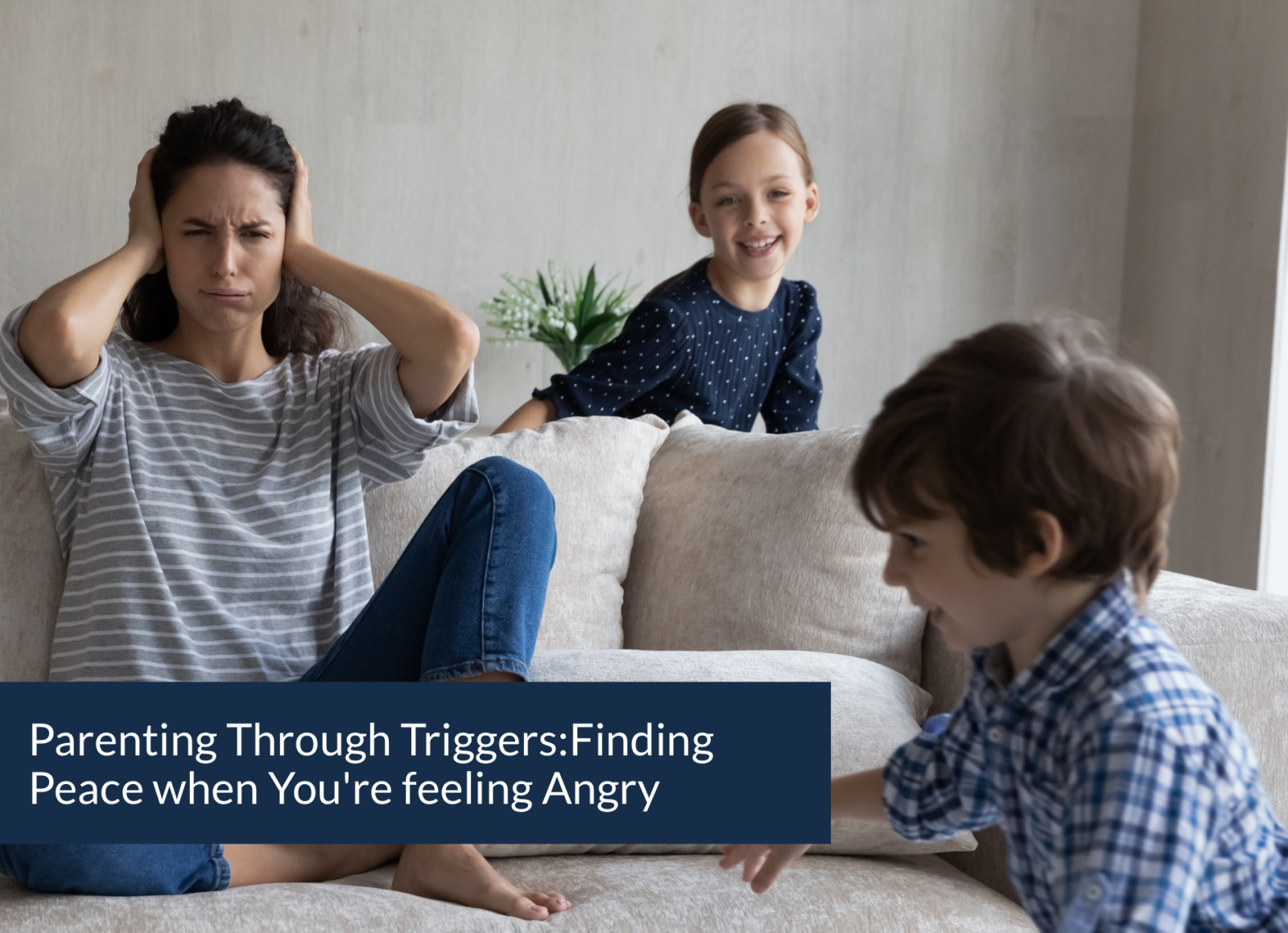
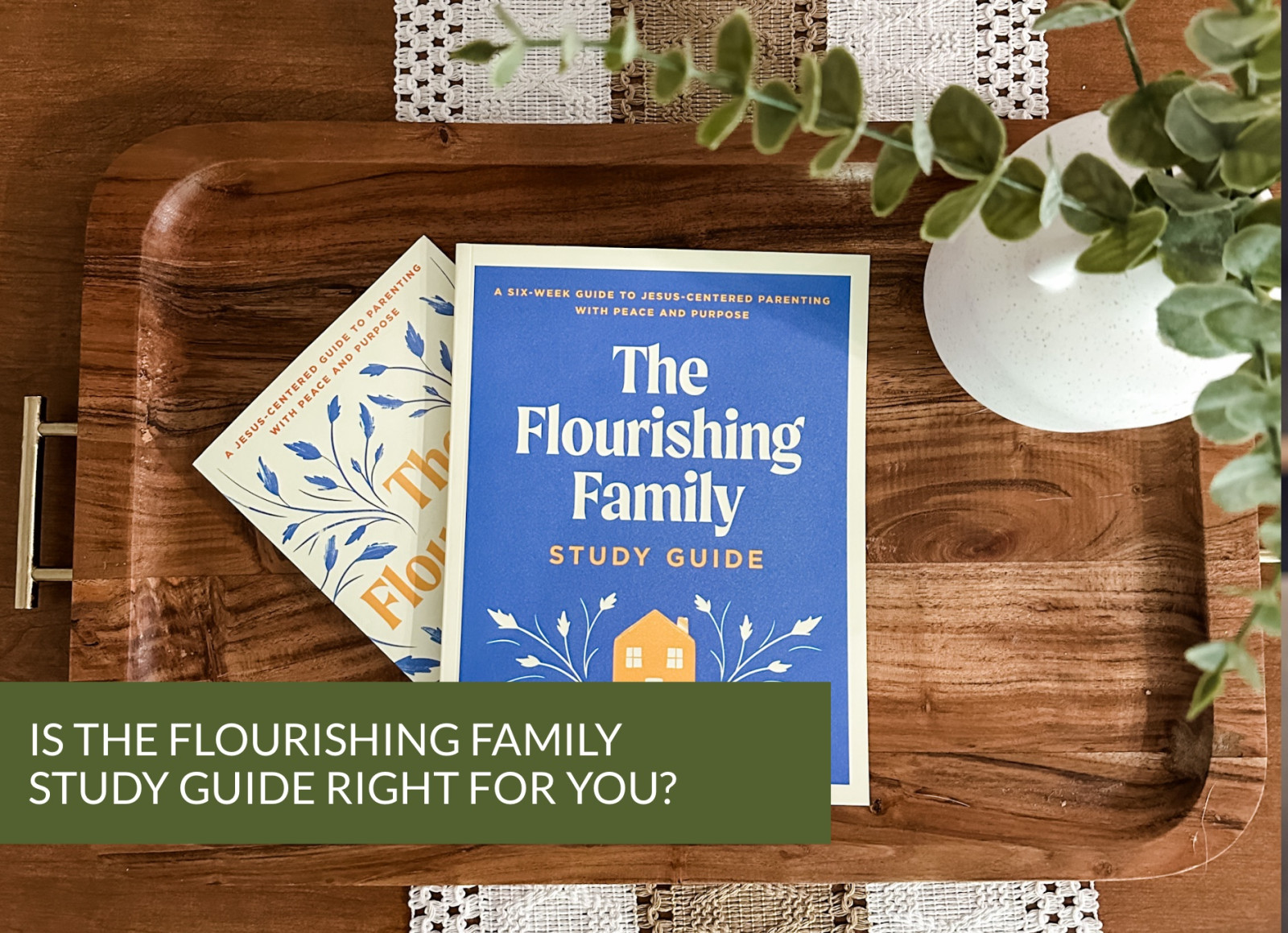
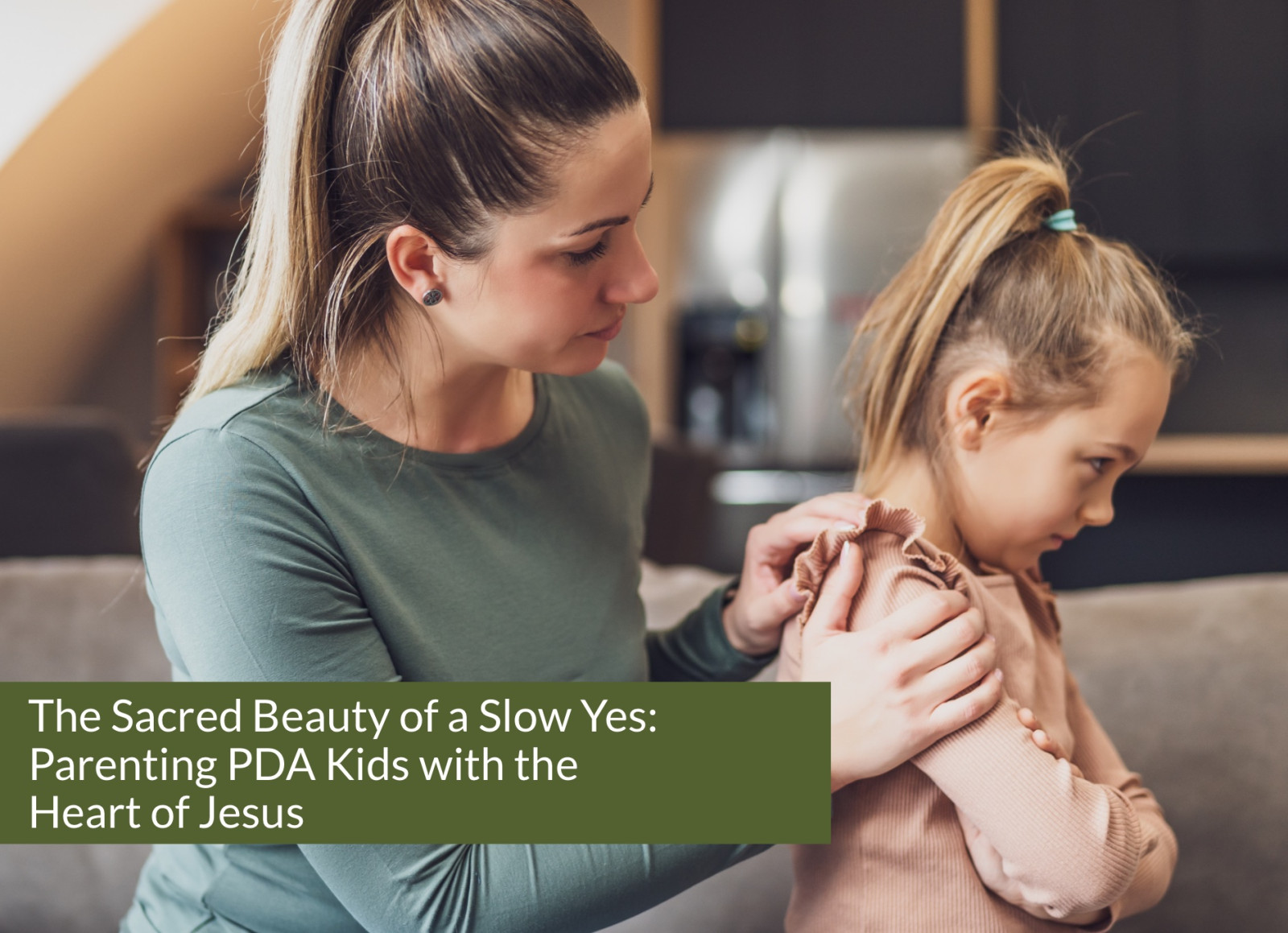

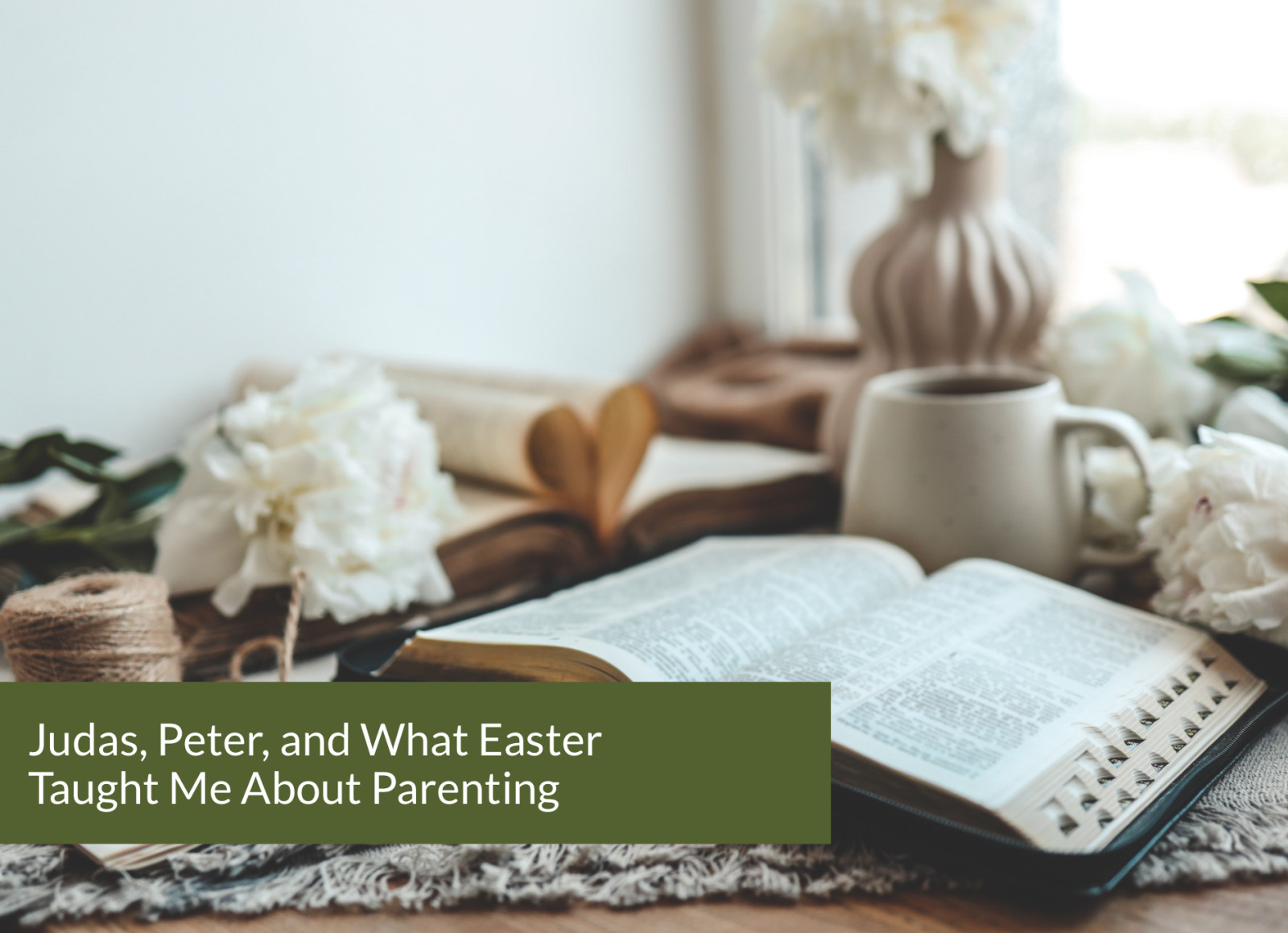





0 Comments